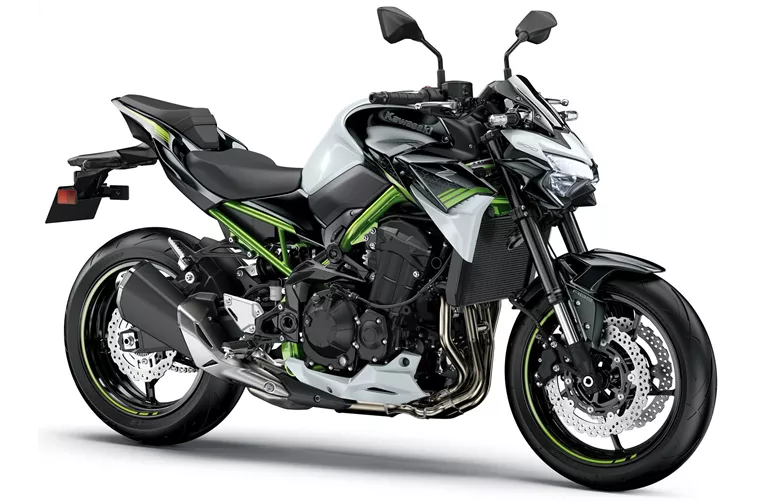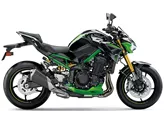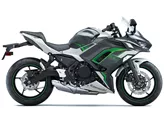Kawasaki Z1000 2014 vs. Kawasaki Z900 2020

Kawasaki Z1000 2014
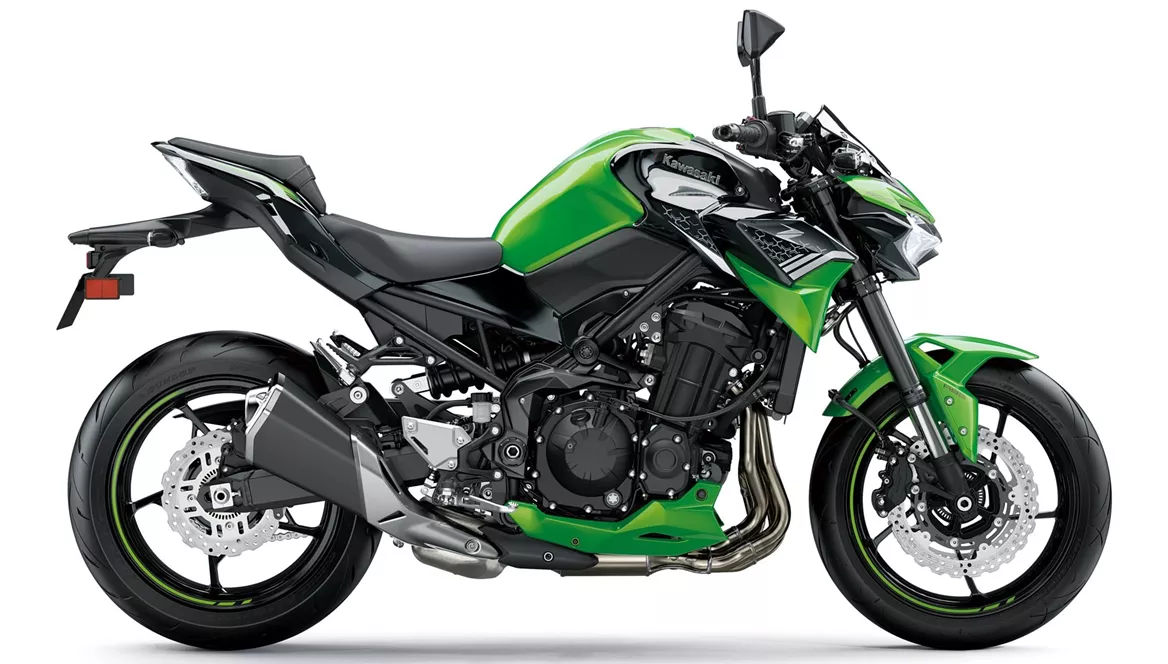
Kawasaki Z900 2020
Přehled - Kawasaki Z1000 2014 vs Kawasaki Z900 2020
The Kawasaki Z1000 model year 2014 and the Kawasaki Z900 model year 2020 are both naked bikes that offer powerful performance and stylish designs. However, there are some notable differences between the two models.
In terms of engine specifications, the Kawasaki Z1000 2014 is equipped with an in-line four-cylinder engine that delivers 142 horsepower and 111 Nm of torque. On the other hand, the Kawasaki Z900 2020 also features an in-line four-cylinder engine, but with slightly lower power output at 125.4 horsepower and 98.6 Nm of torque. Despite the lower power, the Z900 still offers a strong performance that is suitable for both city riding and highway cruising.
Both bikes have liquid cooling systems to ensure optimal engine temperature, and they both have four cylinders. This configuration provides smooth power delivery and a balanced performance.
In terms of suspension, both models feature upside-down telescopic forks at the front. However, the Z1000 2014 offers more adjustability with compression, preload, and rebound adjustments, while the Z900 2020 only has preload and rebound adjustments. This means that the Z1000 allows for more fine-tuning of the suspension to suit different riding preferences.

Kawasaki Z1000 2014
In terms of chassis, the Z1000 2014 features an aluminum frame, while the Z900 2020 has a steel frame. Aluminum frames are known for their lightweight and rigid characteristics, which contribute to better handling and agility. However, steel frames are also durable and provide a stable platform for the bike.
Both models have double disk brakes at the front with four pistons, providing strong stopping power. The Z1000 2014 features radial and petal technology, which enhances the braking performance and heat dissipation. The Z900 2020, on the other hand, only has petal technology.
In terms of tire dimensions, both models have a front tire width of 120 mm and a diameter of 17 inches. However, the Z1000 2014 has a wider rear tire with a width of 190 mm, while the Z900 2020 has a slightly narrower rear tire with a width of 180 mm. The wheelbase of the Z1000 2014 is 1435 mm, while the Z900 2020 has a slightly longer wheelbase of 1450 mm.
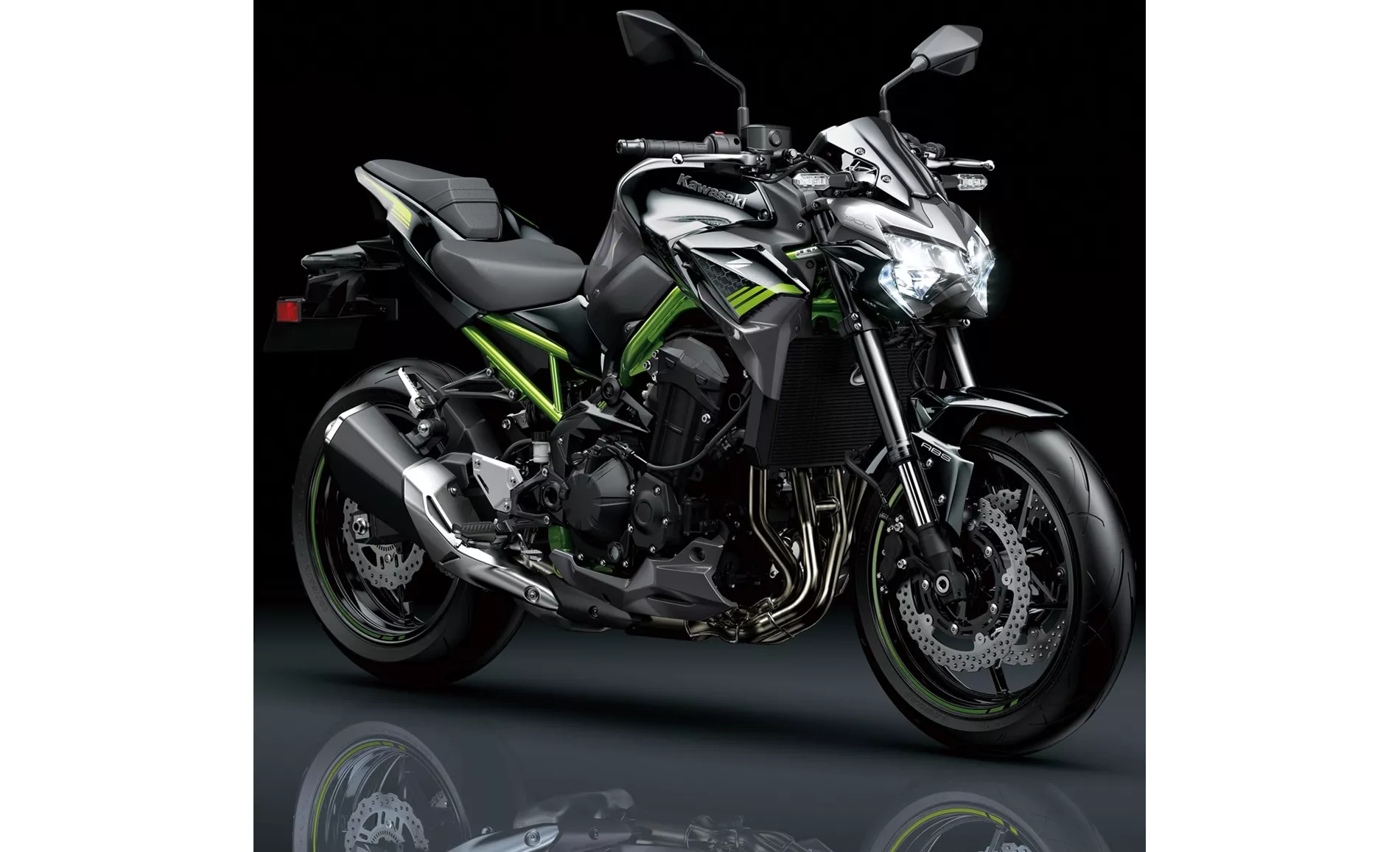
Kawasaki Z900 2020
The seat height of the Z1000 2014 is 815 mm, while the Z900 2020 has a slightly lower seat height of 795 mm. This can be an important factor for riders with shorter inseams or those who prefer a lower riding position.
In terms of strengths, the Z1000 2014 is praised for its sophisticated design, pleasant handling, pleasant sound, and good brakes. The Z900 2020, on the other hand, is commended for its powerful four-cylinder engine, great handling, good equipment, aggressive looks, and value for money.
As for weaknesses, the Z1000 2014 is criticized for its high purchase price compared to the S1000R. On the other hand, the Z900 2020 is noted for its somewhat tiring menu navigation and the absence of a quickshifter option.
Overall, both the Kawasaki Z1000 2014 and the Kawasaki Z900 2020 are impressive naked bikes that offer a thrilling riding experience. While the Z1000 2014 may have a more powerful engine and additional suspension adjustments, the Z900 2020 offers great value for money with its strong performance and stylish design.
Technické údaje Kawasaki Z1000 2014 ve srovnání s Kawasaki Z900 2020
Výhody a nevýhody ve srovnání
Výhody a nevýhody ve srovnání
Kawasaki Z1000 2014

Kawasaki Z1000 (2014) se vymyká elektronickým trendům své doby - a právě tím je dnes výjimečná. Jeho charakterní čtyřválcový motor, mechanická přímočarost a nekompromisní zaměření na to podstatné zabírají v době, kdy se z mnoha motocyklů staly pojízdné počítače. Ano, obejde se bez moderních pokročilých asistenčních systémů pro jezdce a dokonalé ochrany proti větru. Nabízí však autentický zážitek z jízdy na nahém motocyklu ve spojení s japonskou spolehlivostí a rozumnými náklady na údržbu. Z1000 není motocykl pro závisláky na údajích nebo fanoušky elektroniky - je to motocykl pro lidi, kteří se stále chtějí při jízdě rozhodovat sami. Poctivý motocykl s charakterem, který i po letech nepřestává inspirovat a více než dobře plní svou roli emocionální alternativy k digitální moderní době.
Kawasaki Z900 2020
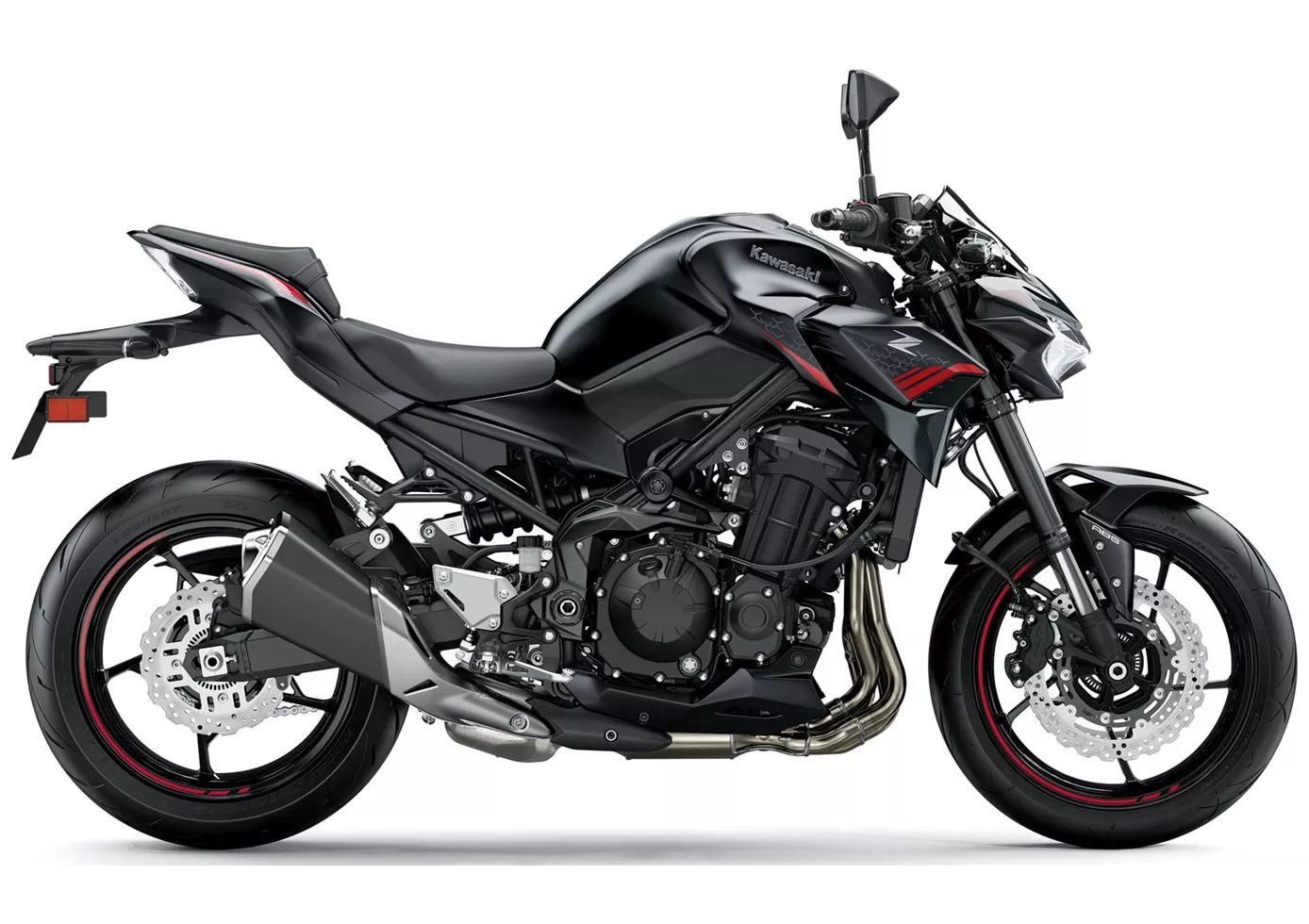
Pokud jde o poměr ceny a výkonu, Kawasaki Z900 je v současné době těžko překonatelná. Díky perfektně vyladěnému motoru, kvalitním komponentům podvozku a elektronice přidané pro rok 2020 nabízí tento naháč vše, co budou sportovně založení jezdci hledat. Opravdu si není na co stěžovat, i když možnost rychlořazení by byla příjemným doplňkem. Kromě toho: skvělý záběr, Kawasaki!
Srovnání cen průměrná tržní cena Kawasaki Z1000 vs Kawasaki Z900
There are a few key differences between a Kawasaki Z1000 2014 and a Kawasaki Z900 2020. In terms of price, the actual average price of a Kawasaki Z1000 2014 is about 4% higher. Compared to Kawasaki Z900 2020 there are less Kawasaki Z1000 2014 bikes available on the 1000PS.de Marketplace, specifically 12 compared to 34. It takes less time to sell a Kawasaki Z1000 with 75 days compared to 124 days for a Kawasaki Z900. Since model year 2005 1000PS.de editors have written 41 reviews for the Kawasaki Z1000 and 46 reviews for the Kawasaki Z900 since model year 2017. The first review for the Kawasaki Z1000 was published on 9/2/2002 and now has more than 5,800 views. This compares to more than 93,200 views for the first review on Kawasaki Z900 published on 11/11/2016.

